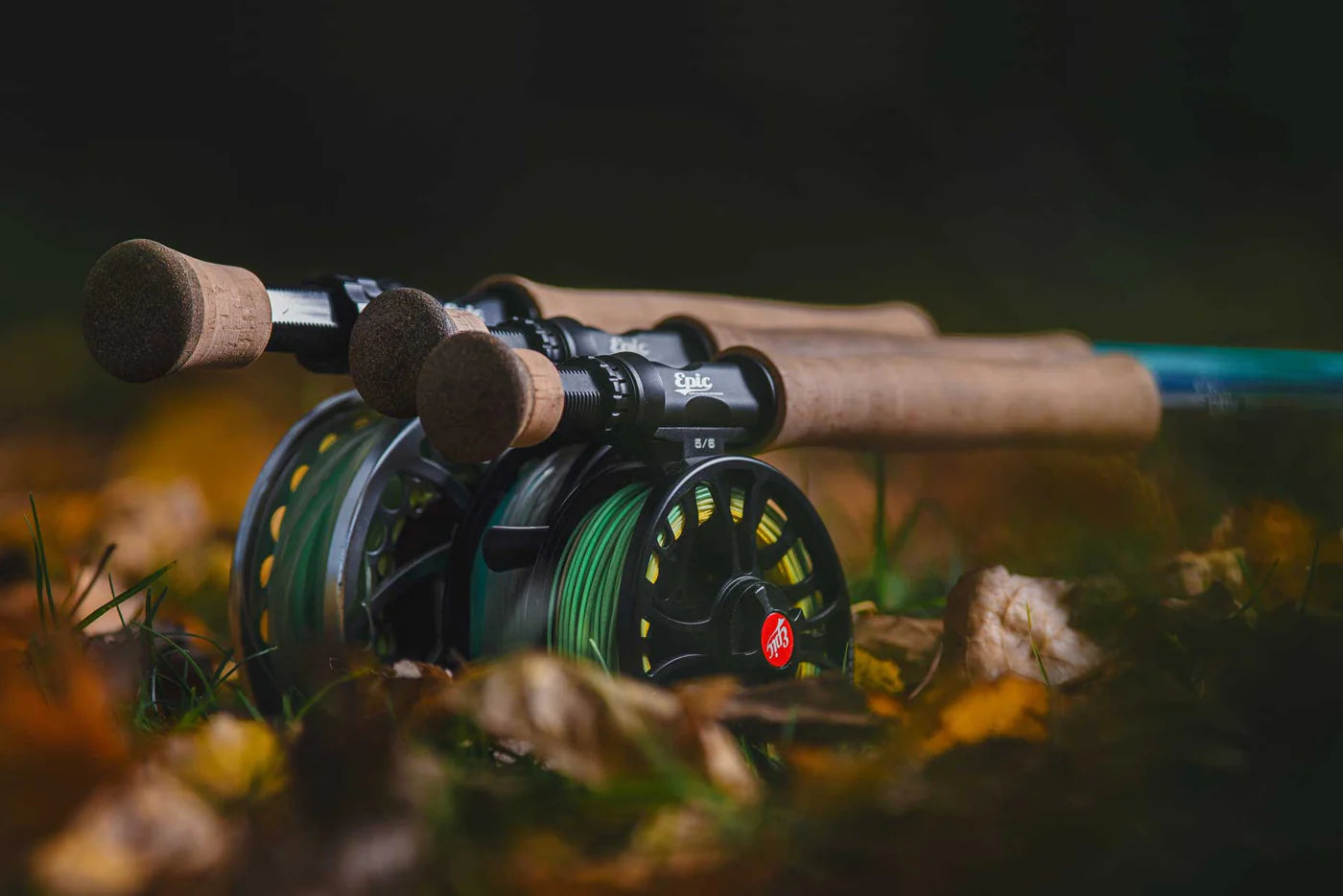Slow Down – Why fiberglass fly rods are experiencing a renaissance
In a world that's spinning ever faster, many people long for a slower pace of life. This trend hasn't stopped with fly fishing. While carbon rods were considered the benchmark for years, classic fiberglass fly rods are currently experiencing a remarkable comeback—and for good reason.
Back to the roots
Fiberglass was the standard material for fly rods from the 1950s to the 1970s. However, with the advent of graphite, they were gradually replaced – lighter, stiffer, faster. Yet it's precisely this "speed" that many fly fishermen today are questioning again. Fiberglass rods force us to cast more slowly and act more deliberately – they not only provide a softer physical feel, but also an emotional one.
Feeling before speed
Carbon rods are high-precision tools, no question. But with this precision, a certain amount of "feel" is often lost. Fiberglass offers the opposite: a softer action, a deeper bend, and more direct feedback. Anyone who has ever played a fine brown trout on a glass rod knows what I mean – every movement, every escape, every tremor is felt. Fly fishing becomes more sensual, more intimate.
Perfect for small bodies of water
Another reason for the comeback is the increasing popularity of small waters. Where precise roll casts and gentle presentations are required, fiberglass rods shine with their fine control. They make a difference, especially when dry fly fishing in narrow streams or for shy fish.
Aesthetics and craftsmanship
Fiberglass rods aren't just functional—they're also beautiful. Many manufacturers today rely on classic blank colors, high-quality cork handles, and lovingly crafted components. These rods tell stories—of days gone by, of craftsmanship, of individuality. They fit perfectly with a more conscious, stylish approach to fly fishing.
Slow Down – an invitation
The renaissance of fiberglass rods is more than a trend. It's an expression of a new, old attitude to life: the desire for peace, connection, and mindfulness. Those who embrace it will discover that slower is often better. Not just when casting—but in life, too.
TIGHT LINES

